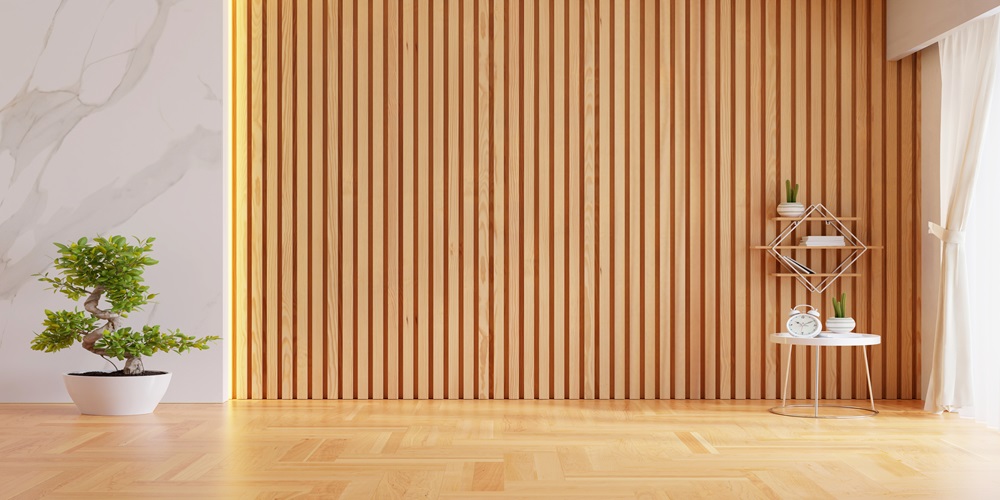Panels are an integral part of interior design, offering both functionality and aesthetic appeal. Whether used for doors, walls, or ceilings, panels come in a variety of materials and styles, each with its own unique characteristics. In Canada, homeowners and designers have a plethora of options when it comes to choosing the right panels for their space. This article aims to explore the possibilities of panels, covering materials, installation methods, and availability, to help readers make informed decisions for their projects.

Materials for Panels:
1. Wood: Wood panels are timeless and versatile, adding warmth and texture to any space. Common wood options include oak, maple, pine, and walnut. Wood panels can be stained, painted, or left natural to suit different design preferences.
2. MDF (Medium-Density Fiberboard): MDF panels are made from compressed wood fibers and offer a smooth, uniform surface. They are affordable, easy to paint, and come in various thicknesses and finishes.
3. PVC (Polyvinyl Chloride): PVC panels are lightweight, durable, and moisture-resistant, making them ideal for areas prone to humidity such as bathrooms and kitchens. They come in a range of colours and textures, mimicking the look of wood or stone.
4. Metal: Metal panels add a modern and industrial touch to interiors. Options include aluminum, steel, and copper, each offering unique aesthetics and durability. Metal panels can be installed as standalone features or incorporated into architectural elements.
Installation Methods:
1. Direct Mount: Panels can be directly mounted onto walls or other surfaces using adhesive, nails, or screws. This method is relatively straightforward and suitable for DIY enthusiasts and professionals alike.
2. Floating Installation: Floating panels are mounted onto a framework or substrate, creating a gap between the panel and the wall. This method allows for airflow and expansion, reducing the risk of warping or damage over time.
3. Interlocking Systems: Some panels come with interlocking mechanisms that allow them to snap together seamlessly, eliminating the need for visible fasteners. This method provides a clean and uniform appearance while simplifying installation.
Availability of Panels:
1. Local Suppliers: Many hardware stores and home improvement centers in Canada carry a wide selection of panels in various materials, sizes, and styles. Customers can browse in-store or online to find the right panels for their projects.
2. Specialty Manufacturers: For unique or customized panel options, homeowners and designers can turn to specialty manufacturers and suppliers. These companies often offer bespoke solutions tailored to specific design requirements.
3. Online Retailers: The rise of e-commerce has made it easier than ever to access a diverse range of panels from the comfort of your home. Online retailers offer extensive catalogues, competitive pricing, and convenient shipping options for customers across Canada.
Conclusion:
Choosing the right door panels for your home or project is a decision that requires careful consideration of materials, installation methods, and availability. By exploring the possibilities of panels and understanding the various options available. Homeowners and designers can make informed choices that meet their functional and aesthetic needs. Whether opting for wood, MDF, PVC, or metal panels, the key is to select materials and installation methods that align with the specific requirements of the space.
If you’re ready to explore the possibilities of panels and transform your space with stylish and functional door panels, get in touch with us today. Our extensive selection of high-quality panels. Coupled with expert advice and support, ensures that you’ll find the perfect solution for your project. Choose our services for all your panel needs and take the first step towards enhancing the beauty and functionality of your space.
